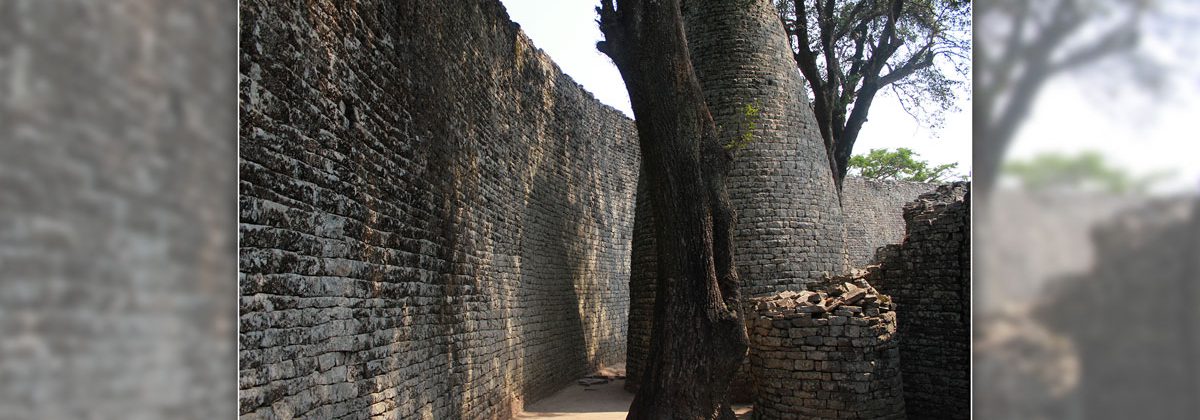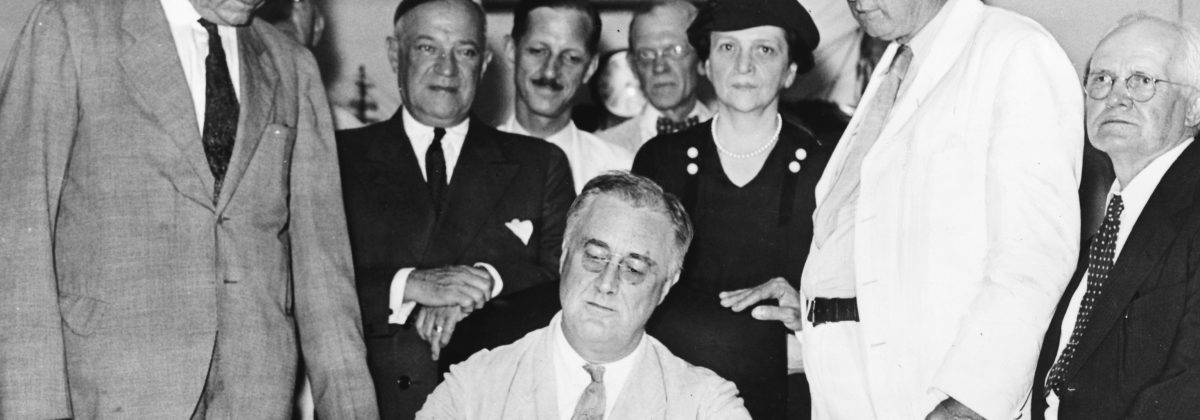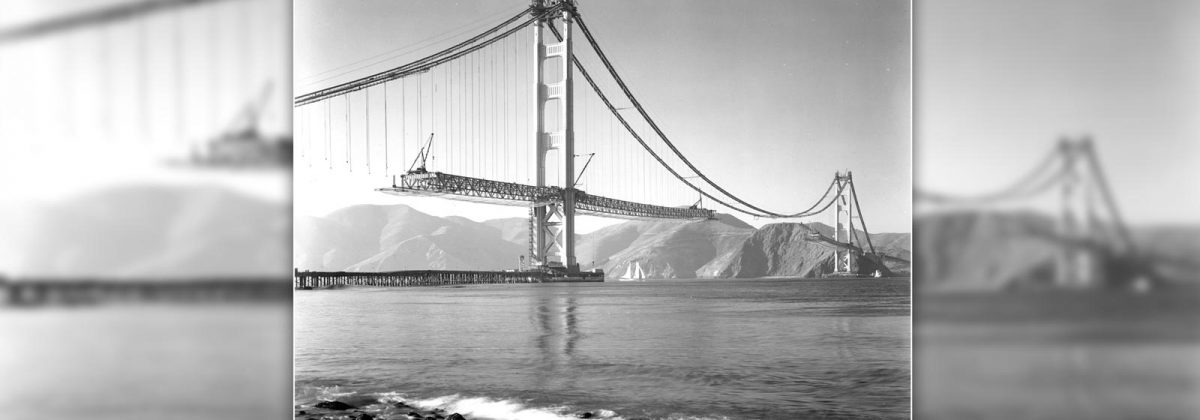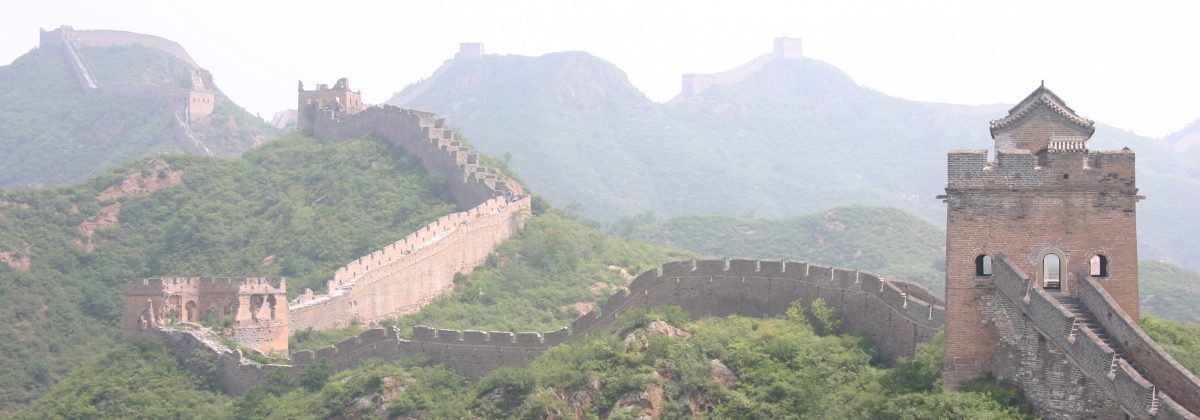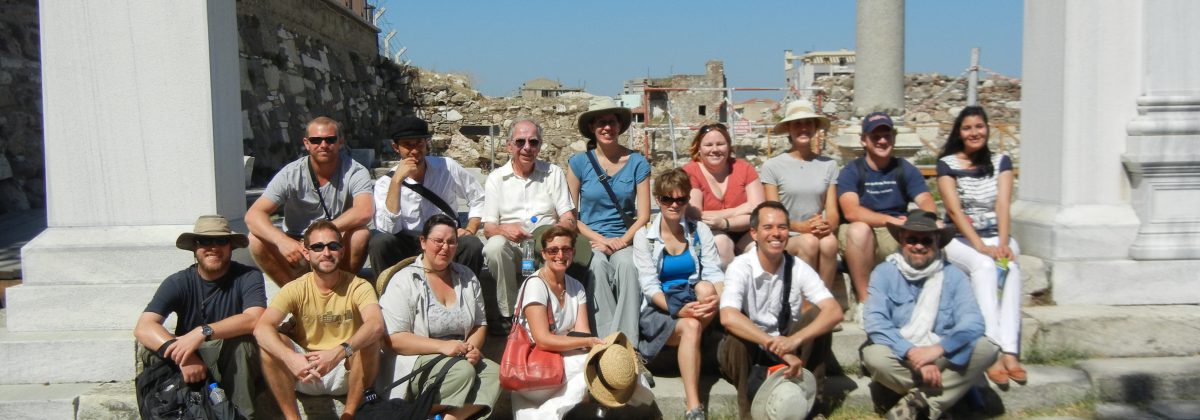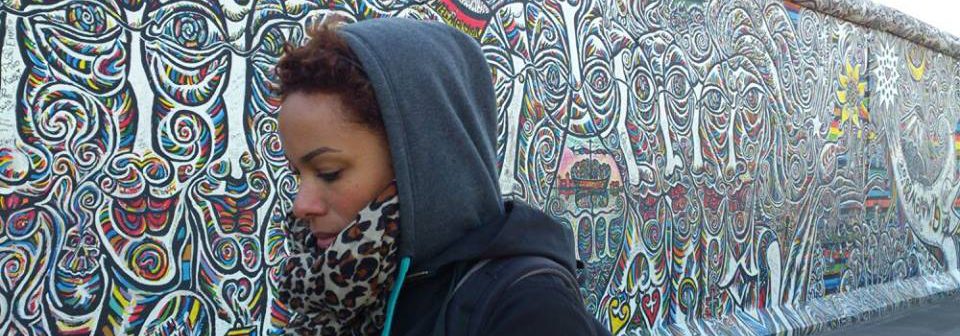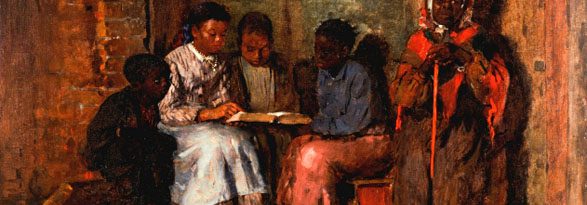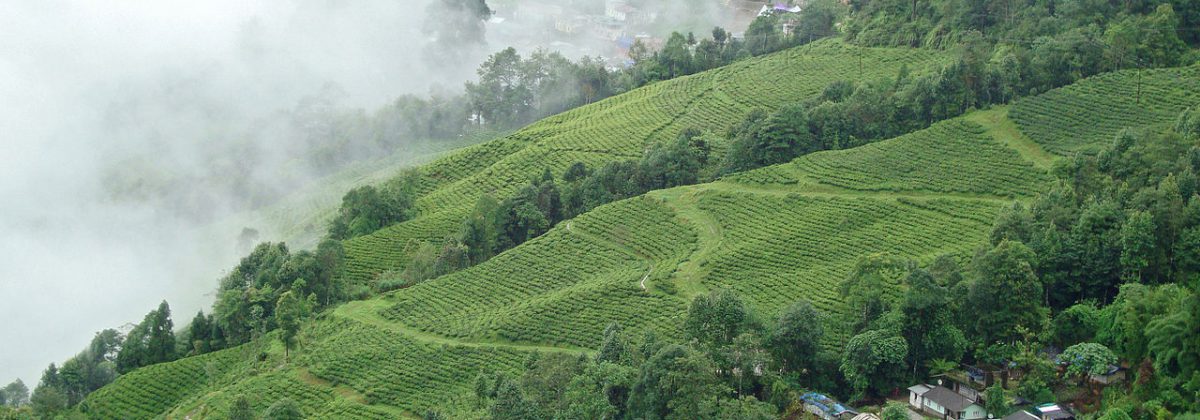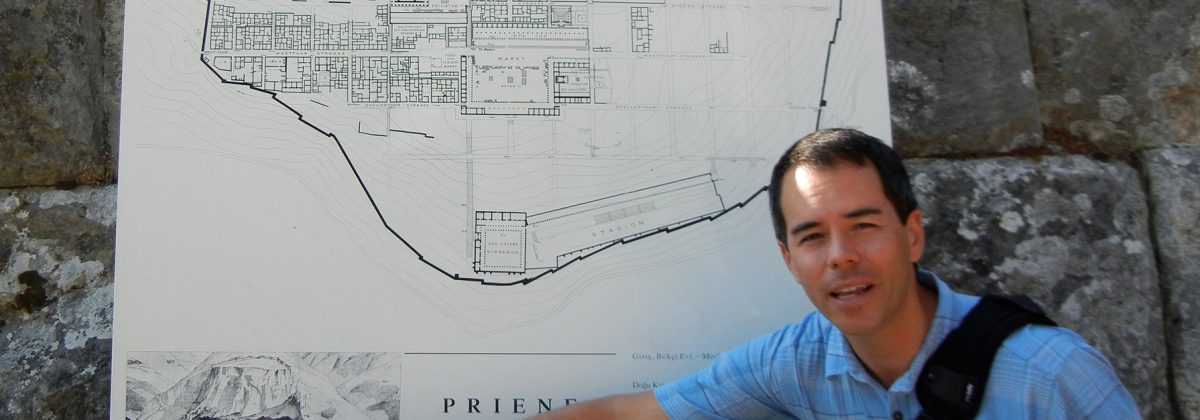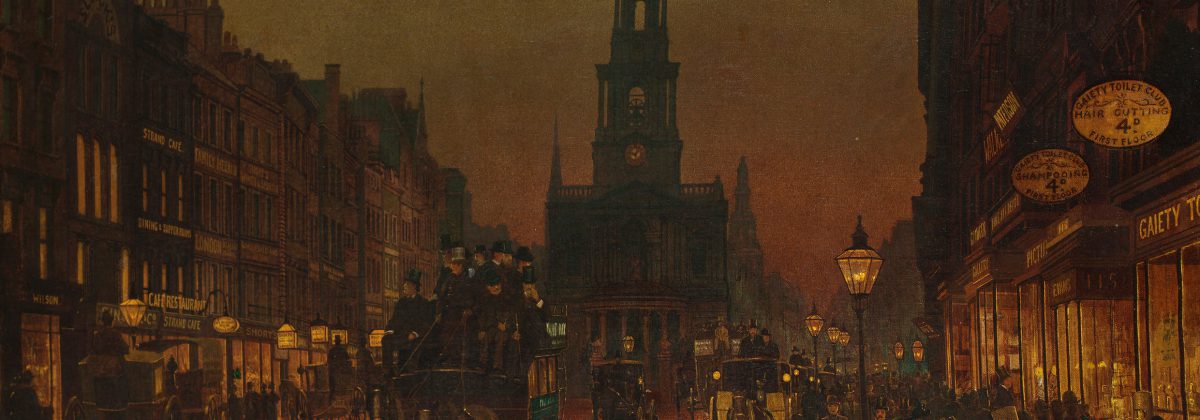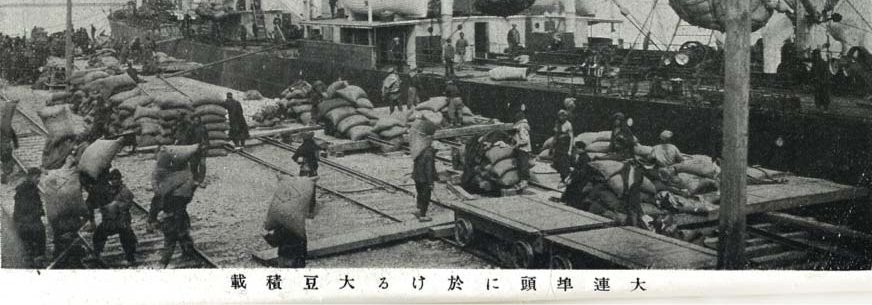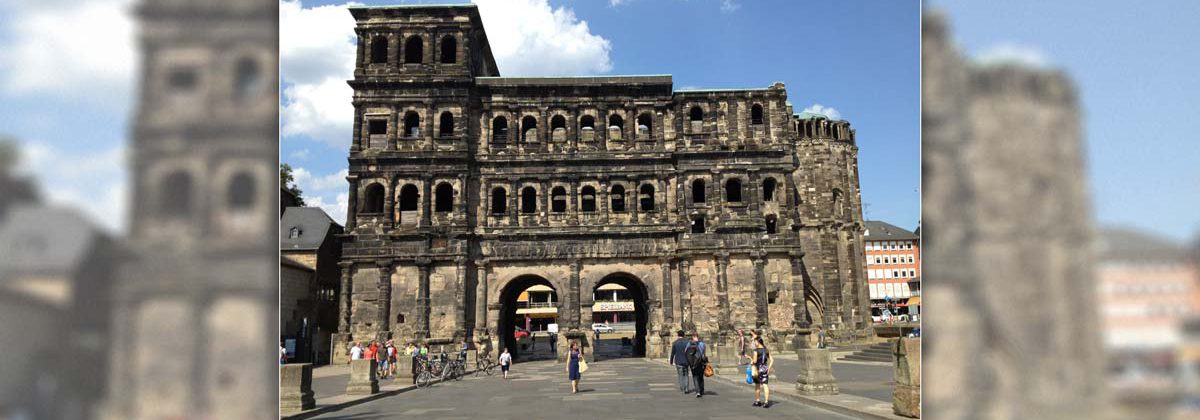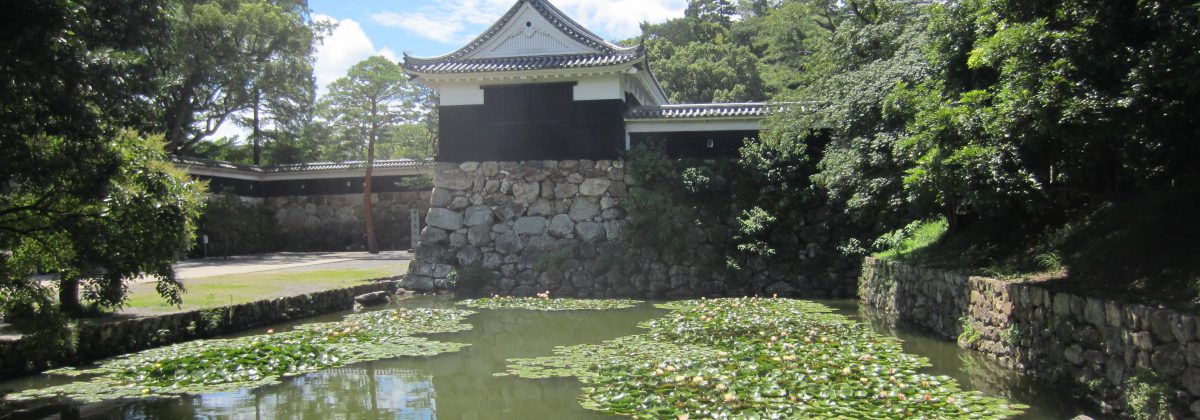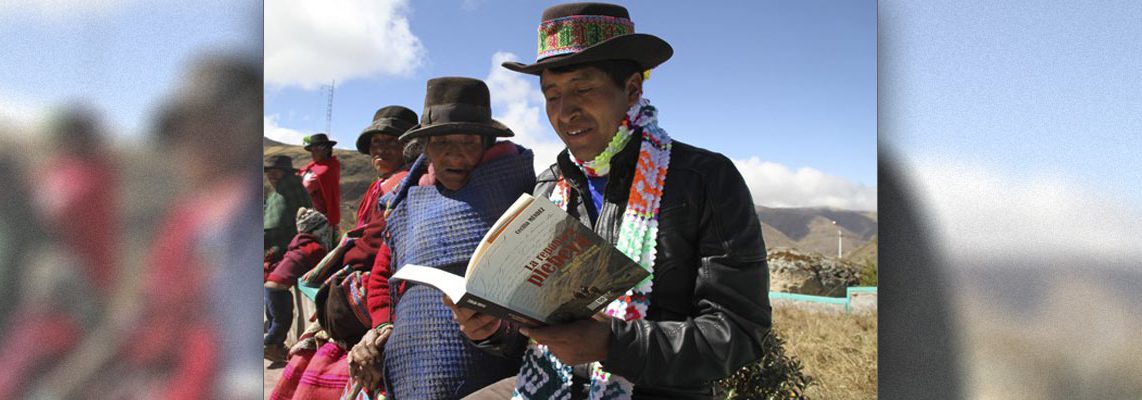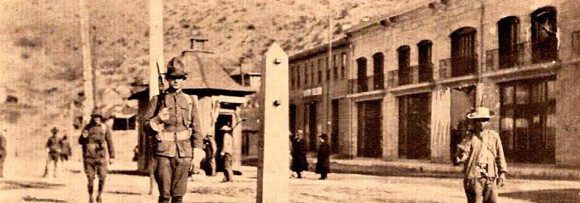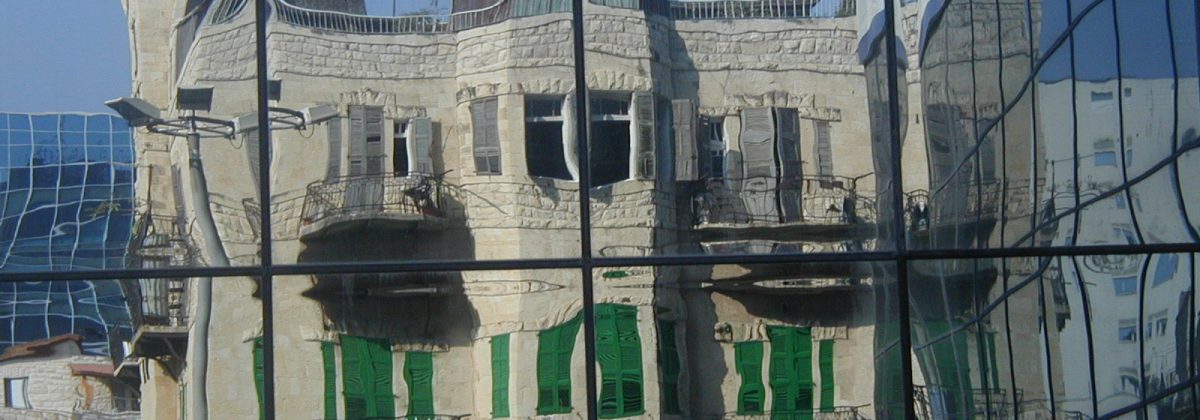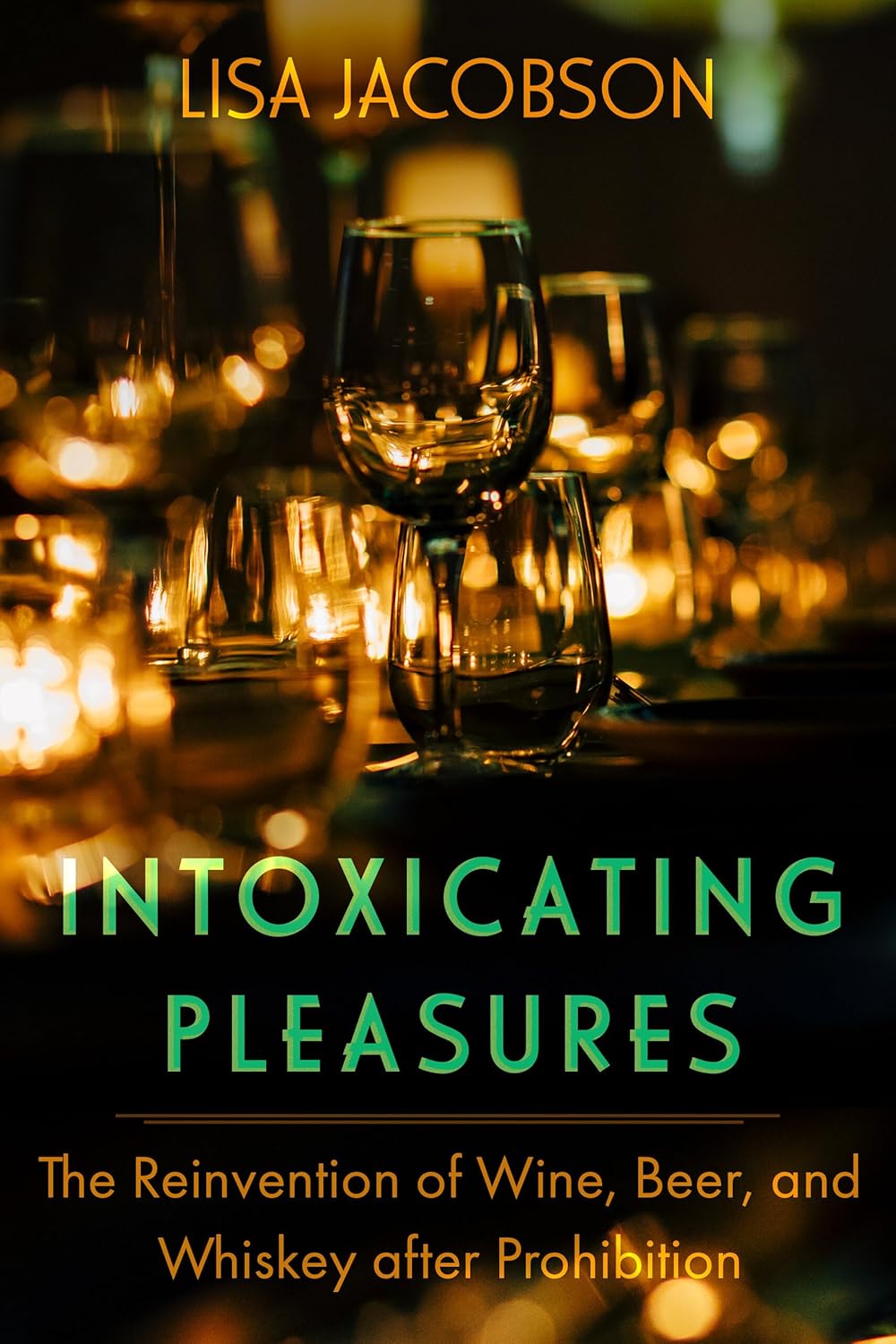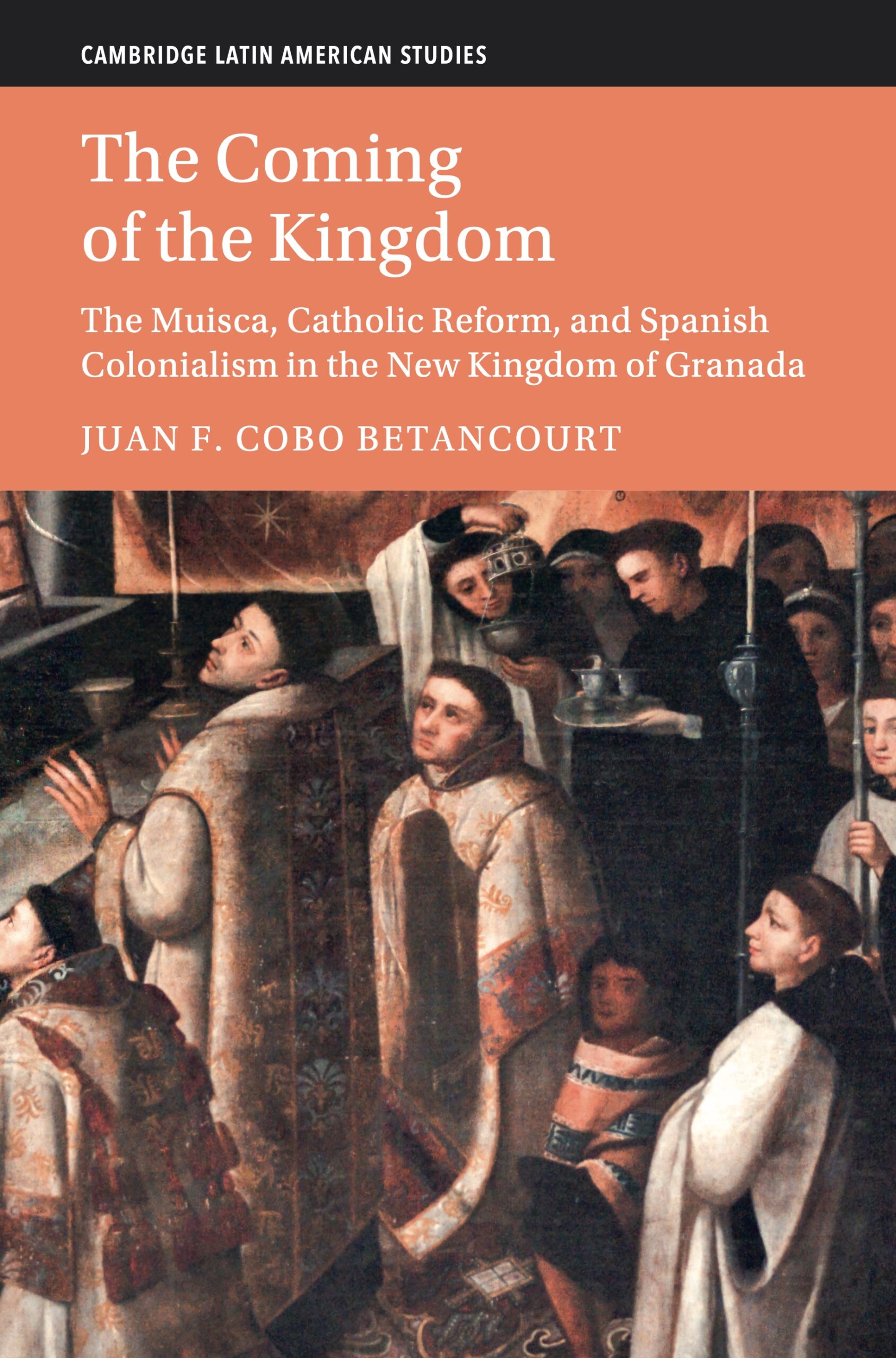Welcome to our website!
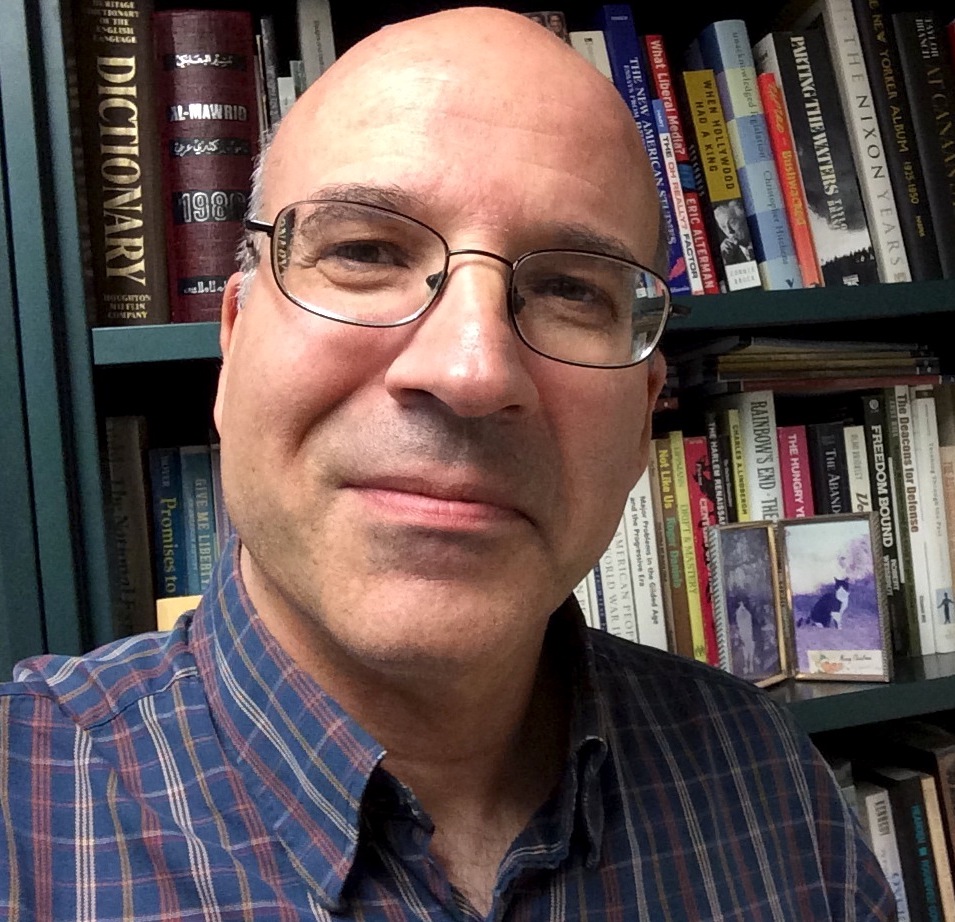
Welcome to the UCSB History Department website! We are a diverse, dynamic, and exciting department. Browsing through our website, you will learn about the research interests of our faculty, about our undergraduate program with its two popular majors and three minors, and about our stellar graduate program. I encourage you to check out upcoming events organized by our research clusters, by our Colloquium Committee, and by our undergraduate History Club. Events include our Political Economy Colloquium, our Focal Point Dialogues in History, and our Public History series, and the activities of the Center for Cold War Studies and International History. The History Associates, our community organization, regularly hosts talks for general audiences that meet on campus and across the Santa Barbara area. Get inspired and find out how history matters!
— Salim Yaqub, History Department Chair
Information for:

